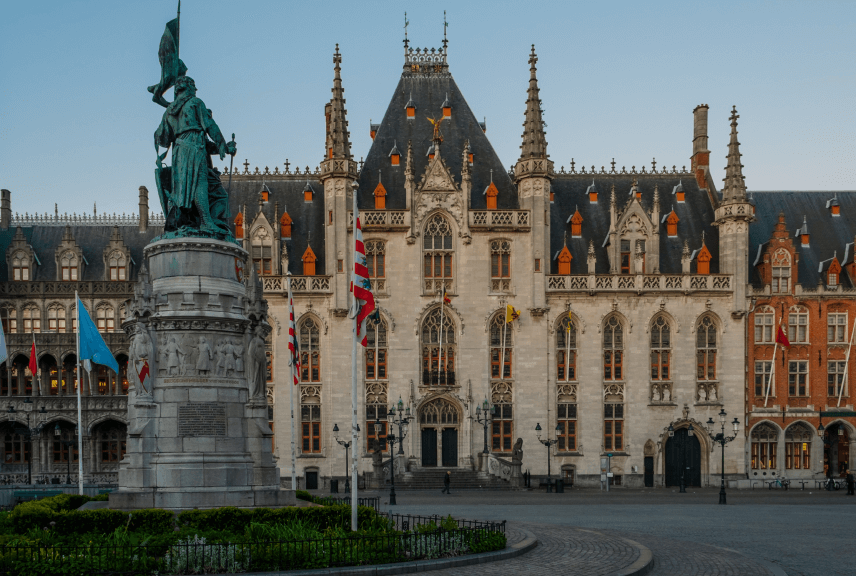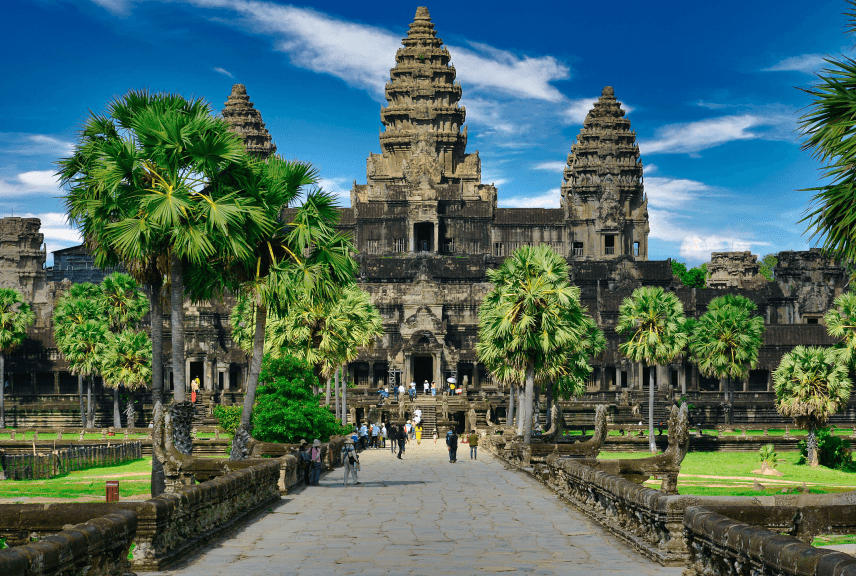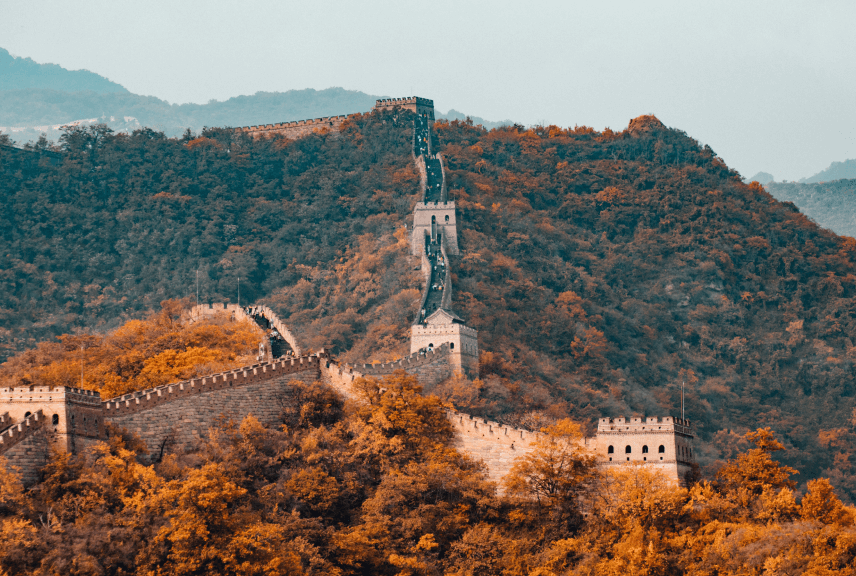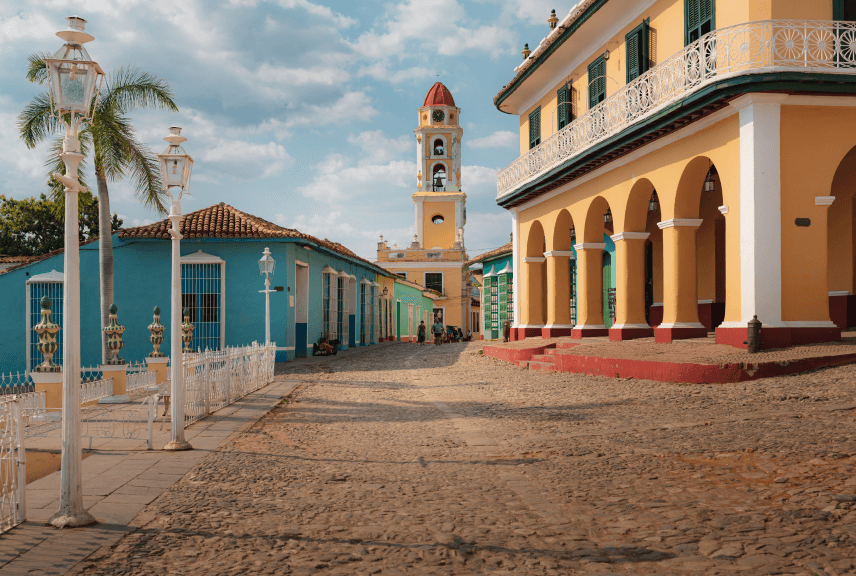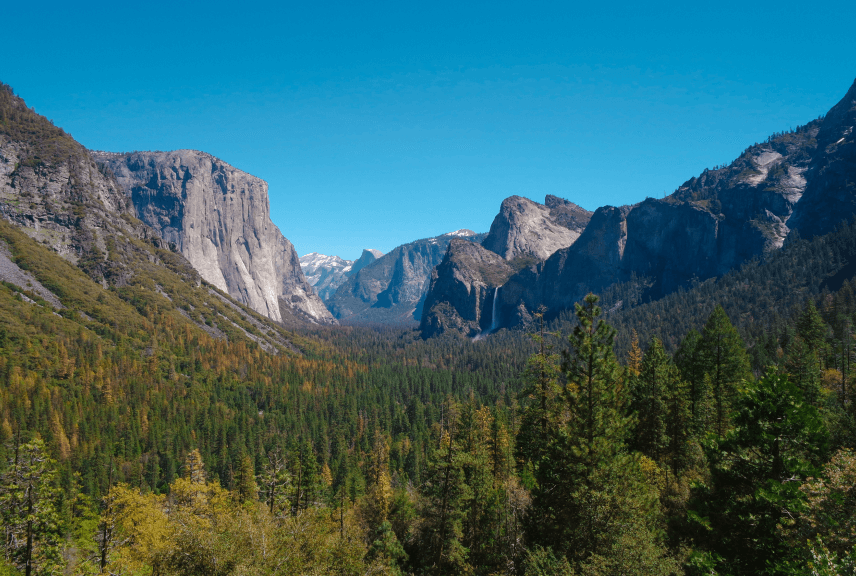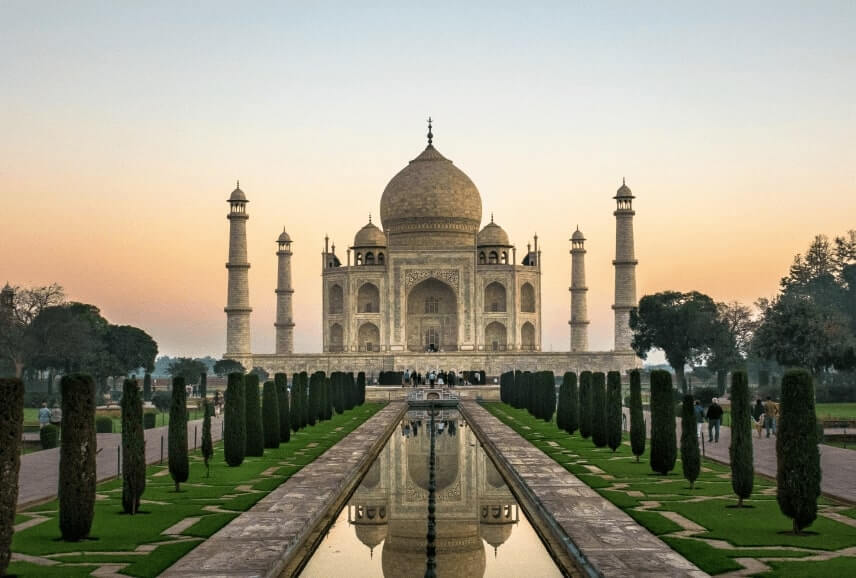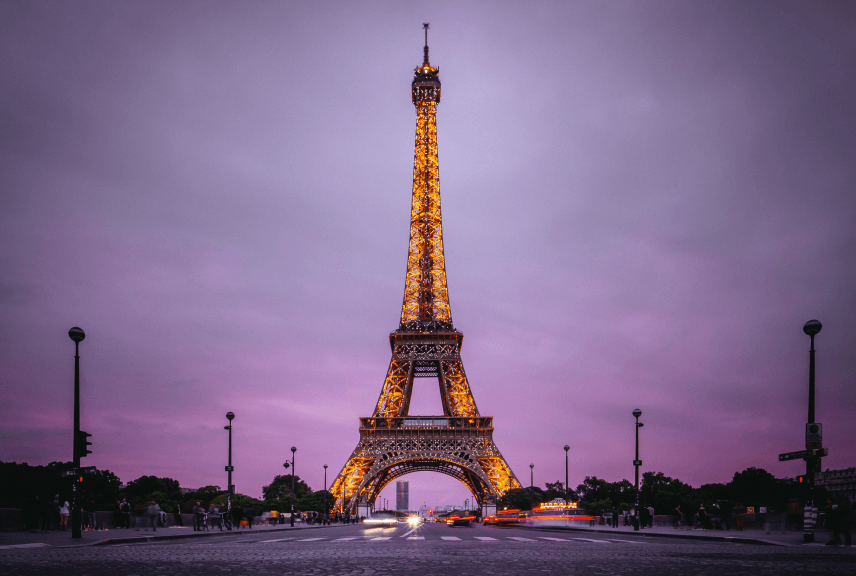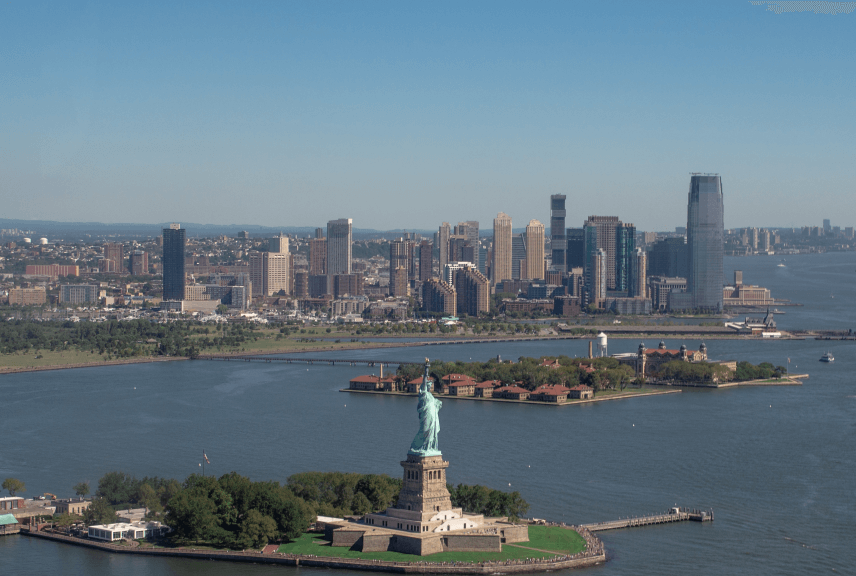TAJ MAHAL IN INDIA
Taj Mahal is a symbol of Love, The love of a emperor for his queen. Here lovers meet by moonlit nights, Lovers- Unsung! Unseen!
-By Syed Mohammad Asrar-ul-Haq
|
The Taj Mahal – the glorious marble beauty and one of the seven wonder of the world. This white milky marble tomb built by the emperor Shah Jahan in 1631 – 54 in Agra, near the bank of Yamuna river in the memory of his beloved wife Arjuman Banu Begam nick name Mumtaz Mahal after his death. The monument is the fine example of Islamic architecture. The glorious Taj has thick walls, arches and heavy lintels, motifs are the excellent sample of Indo-Islamic styles. The symbol of love – Taj Mahal stands in the middle of walled garden entered through a pavilion. The tomb raised on a terrace. |
 |
| The four minarets are symmetrical to each other, the huge domb set between the four minarets. The interior of the monument is beautifully decorated with carved marble. | |
 |
The Taj Mahal was constructed using materials from all over India and Asia. Over 1,000 elephants were used to transport building materials during the construction. The white marble was brought from Rajasthan, the jasper from Punjab and the jade and crystal from China. The turquoise was from Tibet and Lapis lazuli from Afghanistan, while sapphire came from Sri Lanka and the cornelian from Arabia. In all, 28 types of precious and semi-precious stones were inlaid into the marble. The cost of construction was about 40 million Rupees, at a time when 1 gram of gold sold for 1.3 Rupees. |
| The architectural complex of the Taj Mahal covers an area of 1900’x 1000′ and comprises of five main components: the darwaza (gateway), the bageecha (garden) which is in the form of the typical Mughal charbagh (garden divided into four parts), the masjid (mosque), the mihman khana (guest house), and finally the mausoleum. | |
|
The complex was designed to be accessed from both the Northern and the Southern sides, from the river Yamuna as well as by land. The entry from the landside has the gateway and other buildings constituting the front part of the complex. On entering the gateway which visually frames the tomb, one is inside the charbagh. Measuring 1000′ x 1000′, the garden has sunken parterres or flower-beds, raised pathways, water channels that reflect the Taj and avenues of trees. At the termination and along the central axis articulated by the garden is the tomb. To the Western side of the tomb is a mosque of red sandstone. The symbol of love – Taj Mahal stands in the middle of walled garden entered through a pavilion. The tomb raised on a terrace. |
 |
| On the Eastern side is the guest house structure (jawab) that duplicates the mosque in order to maintain architectural symmetry.
The unique mughal style combines elements of Persian, Central Asian, and Islamic architecture. Most impressive are the black and white chessboard marble floor, the four tall minarets (40 m high) at the corners of the structure, and the majestic dome in the middle. On closer look, the lettering of the Quran verses around the archways appears to be uniform, regardless of their height. The lettering spacing and density has been customized to give this impression to the beholder. Other illusionary effects have been accounted for in the geometry of the tomb and the tall minarets. The impressive pietra dura artwork includes geometric elements, plants and flowers, mostly common in Islamic architecture. The level of sophistication in artwork becomes obvious when one realizes that a 3 cm decorative element contains more than 50 inlaid gemstones. |
|
 |
One of the most beautiful structural compositions in the world, the Taj was designated a UNESCO World Heritage site in 1983. Various studies on the Taj speculate on what makes it unique and beautiful. One reason is attributed to its perfect proportions and geometry. Another is ascribed to the various moods that the Taj presents to its viewers. Clad in delicate, white Makrana marble, the Taj changes its character across time as the light changes- dawn, noon, twilight, night. The shadows that fall on the marble too enhance the effect, being very delicate. |
| The Taj is considered especially ethereal when viewed on a full moon night. By the late 19th century, parts of the Taj Mahal had fallen badly into disrepair, and some of the cut marble and inlaid precious stones had been stolen for ue elsewhere by the British. Lord Curzon ordered a restoration project. At the same time the traditional garden was replaced with the more English-looking lawns. | |
